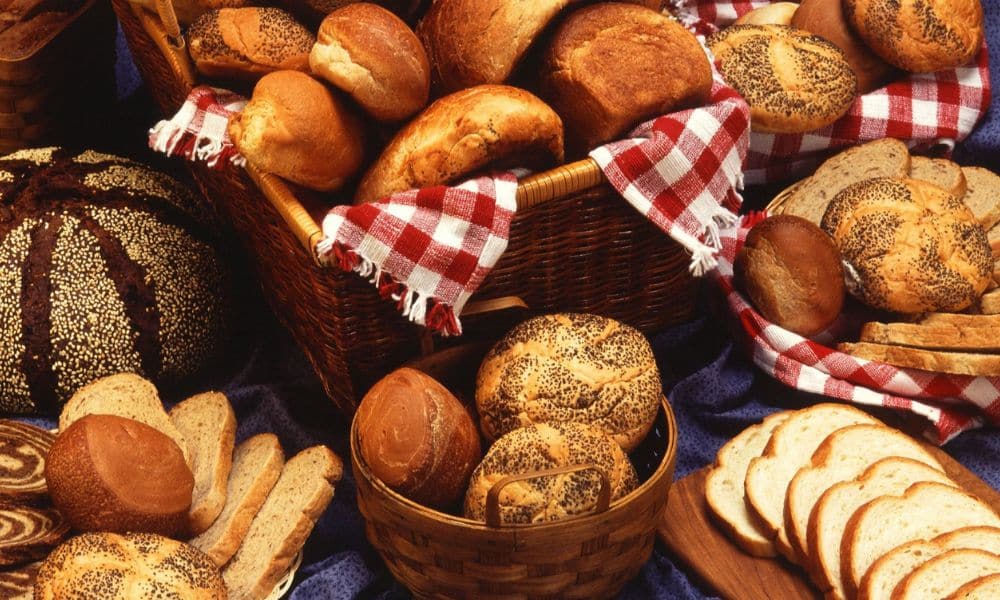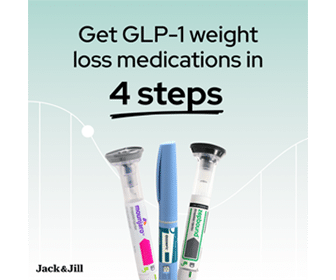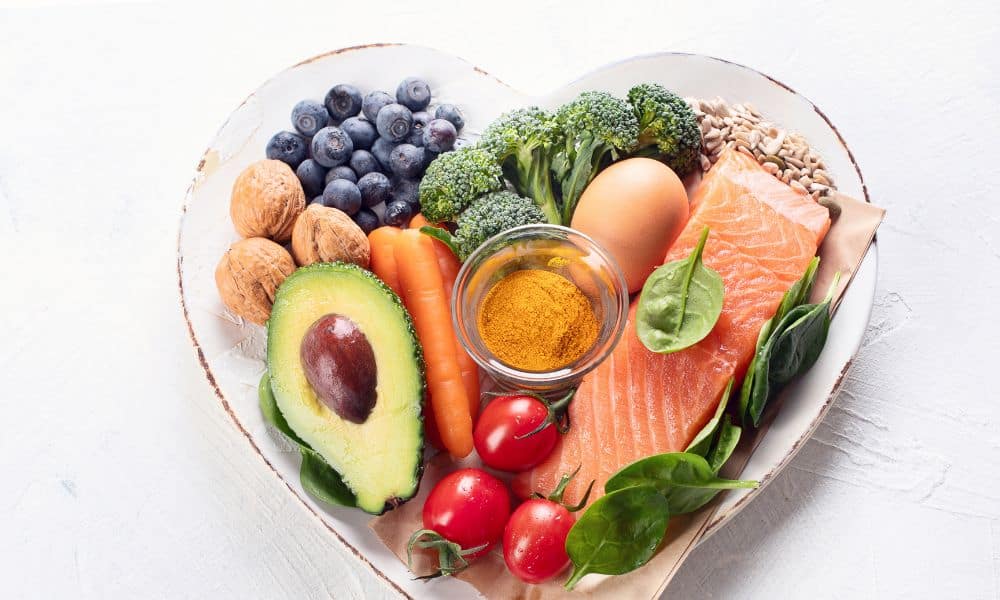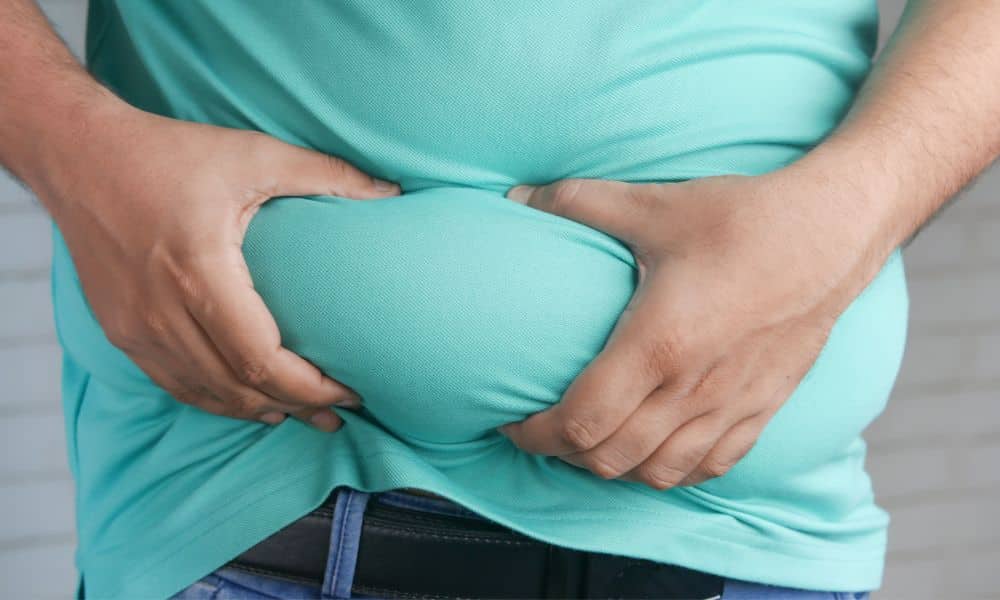What is the role of bread in weight management? Weight management is essential for maintaining optimal health and fitness. We have created various diets and exercise regimens for this purpose, purporting to keep the body toned while accelerating fat loss. Yet, without resorting to such strict programs, we should all be more conscious of the effects that various food items we consume during the day can have on our bodies. For example, is bread an essential food item?
We consider bread to be an essential part of our diet. As it is carbohydrate-rich, it is the primary source of energy. Although many diets limit carbohydrate intake, most of us have noticed that we feel sluggish and uncomfortable if we have not eaten carbohydrates for a long time. That is because your body lacks the energy, vitamins, and nutrients it gets from bread.
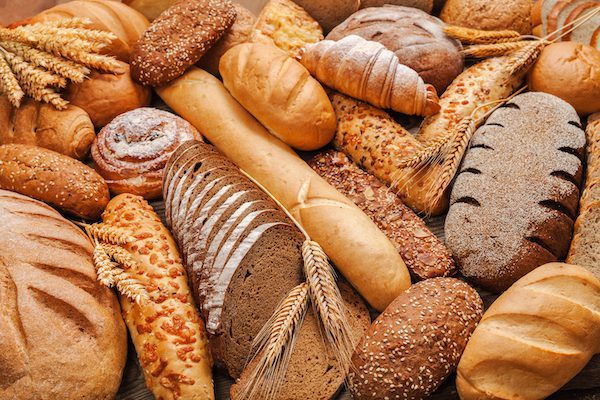
A brief history of bread
Humans have been consuming bread for almost 30,000 years. In its simplest form, bread is made from flour, water, and yeast mixed, and the dough is kneaded and left to rise before being baked at a specific temperature to produce a loaf of bread. People would make a paste from grains and water in the prehistoric days and cook it on hot stones, resulting in flatbread similar to that we still enjoy today.
As time passed and humans developed, so did the bread recipes. Humans achieved the most significant progress by adding the leavening to the bread batter, making it rise, and producing a fluffy loaf. In today’s world, yeast is the most commonly used leavening agent. However, yeast is an old ingredient. Its production dates back to Egyptian times, around 300 BC.
The bread most of us are familiar with differs from that consumed 30,000 years ago. Besides, different cultures and traditions have given rise to diverse shapes and types of bread that vary from region to region.
For example, in Middle Eastern and Asian countries, the old flatbread is still eaten with all meals, whereas the bread loaves originate from European countries. Sliced bread is a relatively new concept, however. Since we introduced it in 1930, its popularity has expanded worldwide, as it is convenient to make toast or sandwiches.
What are the critical ingredients in bread?
We can make bread with flour, water, yeast, and salt. However, other ingredients are often added to make the bread more nutritious and healthy. Some of these ingredients allow whole grain bread to help with weight management, as discussed below.
Flour –
Flour provides the basic structure of the bread. Besides being rich in carbohydrates, flour contains gluten, a protein in grains that helps trap the air bubbles by forming a web. The starch helps in supporting the structure of the bread.
The bread flour is high in protein, which is necessary to help the bread rise. As whole grain flours have a lower gluten content, they must be mixed with bread flour to make it rise and produce a better texture. Most home bakers use all-purpose flour, yielding almost the same results as bread flour.
Yeast –
Yeast is a one-cell plant, but the product we conventionally refer to as “yeast” comes in live cakes, dried powder, and instant blends. When the yeast is added to the flour and water, it multiplies and grows by consuming the sugar and liquid.
During this process, it ferments, releasing carbon dioxide and ethyl alcohol. This process is the same, regardless of the type of yeast used. Live yeast cakes are used commercially as they enhance flavor. However, many bakers use active dry yeast or resort to instant-rise yeast if in a hurry. Although it rises pretty fast, instant fermentation prevents flavor development.
Liquid –
The liquid is essential in bread-making as it helps bind gluten with starch to create the bread dough structure while keeping the bread moist and tender. Although most bakers use water, milk can replace it to enhance the flavor. In addition, the liquid allows the yeast to ferment, making the bread rise.
Salt –
Salt works as a flavor enhancer and strengthens gluten in bread dough. In yeast bread, salt also controls yeast effects, giving enough time for the fermentation process to develop flavors.
Fat –
Fat is optional in bread-making, as it may prevent the dough from rising, but it makes the bread tender and adds flavor when used. Bakers usually use oils, butter, and shortening as fat in the bread dough, which helps give it a beautiful brown color. However, as fat bonds with the gluten molecules, it does not let them combine easily, so bread with fat does not rise much.
Sugar –
Sugar is another optional bread ingredient, but most bakers use it to add a sweet flavor and help with the browning. However, the main reason for adding sugar is to provide food to the yeast, helping it grow and multiply, which results in softer and more tender bread.
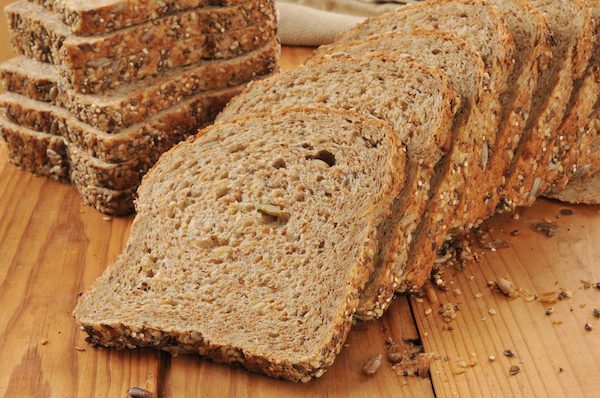
Does bread cause allergies?
Some people are allergic to gluten and yeast and may develop mild symptoms if they eat bread. Still, allergies are so severe that consuming even minute quantities of allergens can be fatal sometimes.
The most common wheat allergy symptoms are:
- Skin rashes or hives
- Indigestion and stomach cramps
- Nausea, vomiting, and diarrhea
- Sneezing and stuffy or runny nose
- Headache
- Asthma
Though these are distinct conditions, many people equate gluten intolerance with allergy. Still, those with gluten intolerance should limit bread consumption, as it may lead to digestive problems like diarrhea, gassiness, or abdominal pain.
What can trigger wheat allergy or gluten intolerance symptoms?
Food items that contain wheat, primarily bread, pasta, wheat-based cereals, or anything that contains wheat as the chief ingredient or even as a secondary ingredient trigger wheat allergy and gluten intolerance symptoms.
What types of bread are currently available worldwide?
At least 15 types of bread are used all over the world. We describe the most common types below.
Multigrain Bread –
As its name implies, multi-grain bread is made from at least two grains, but those with a wide variety of grains are more nutritious and hearty. They are also helpful for fat loss, as the grains used are not refined.
White Bread –
White bread is the most commonly used type of bread worldwide because of its soft texture, but it is unsuitable for weight management. It contains highly processed flour, sugar, and additives, making it unhealthy. Thus, it can contribute to weight gain, heart disease, and diabetes. This type of bread is high in protein and carbohydrates.
Bran bread –
They made bran bread with whole wheat flour, including bran and germ. This bread is extremely healthy because it contains many fibers and vitamins. Bran bread is a perfect option for people with heart problems and diabetes. It is also perfect for fat loss, as it is low in saturated fat and an excellent protein source.
Whole wheat (or wholegrain) bread –
Wholegrain bread is very healthy, as they make it using the entire grain, including the endosperm, germ, and bran. As a result, it is very high in fiber and highly nutritious. This bread helps control many health issues, such as heart problems, certain cancers, and diabetes. It also helps in weight management, especially if you want to lose fat and extra pounds.
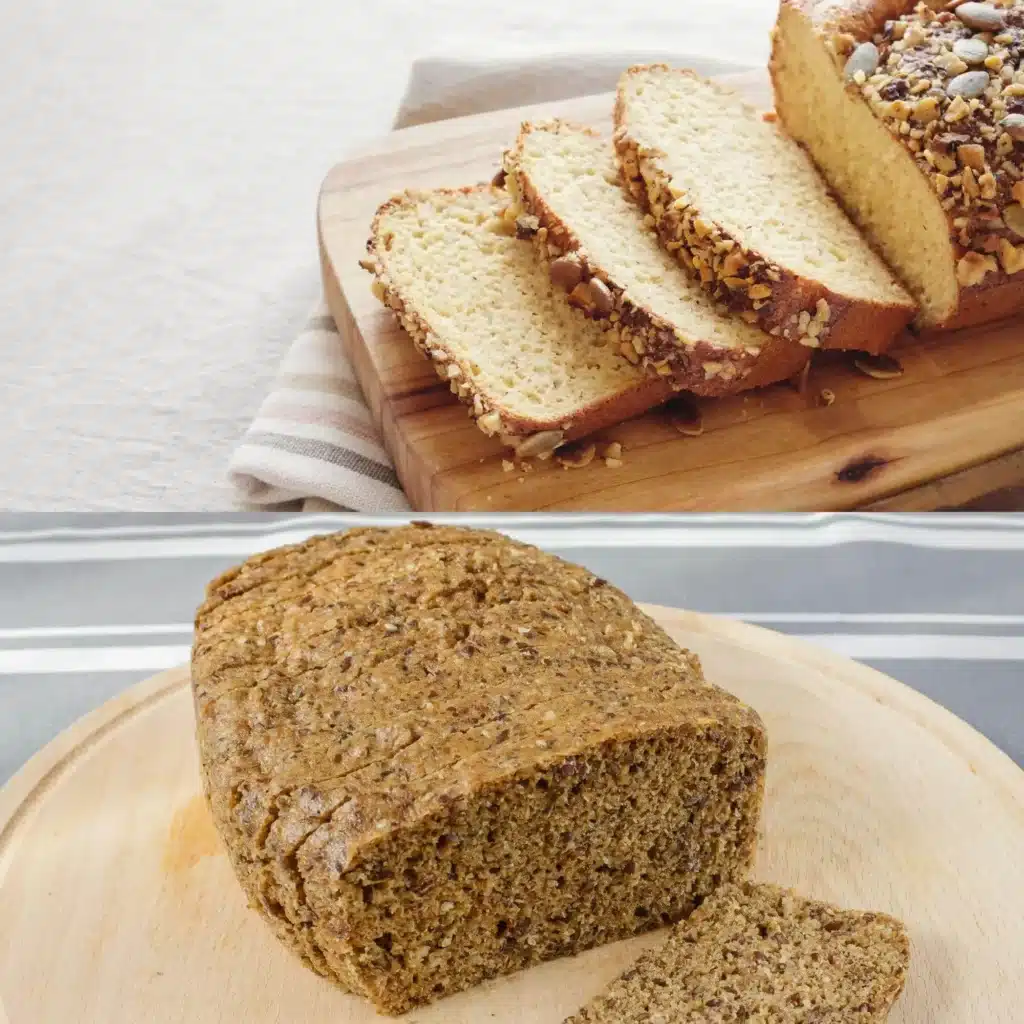
Benefits of bread for fat loss
Consuming bread for weight management has many health benefits, and that includes fat loss as well. Many studies have shown that consuming whole grain or multi-grain bread as a part of a low-calorie diet reduces visceral fat. Wholegrain bread has to be taken in a limited amount. However, it provides the body with the required fiber, minerals, and vitamins without exceeding the recommended calorie intake.
Benefits of bread for weight management
Eating a limited amount of bread will not result in weight gain. Though whole-wheat bread and white bread have the same amount of calories in each slice, whole wheat bread is a healthier option, as it is full of fiber, making you feel fuller. It would be best not to use white bread for weight management. As a result, your hunger pangs will be satiated, even with a small amount of bread.
Benefits of bread for muscle building
Although proteins are essential for building muscles, carbohydrates also play a vital role. Bread is an excellent source of carbohydrates needed to fuel your muscles.
However, whole wheat bread or multi-grain bread is always preferable to white bread, as it is rich in fibers, vitamins, and minerals needed for increasing muscle mass.
In addition, as we convert carbohydrates to glycogen, they get stored in the muscles to help you get through the workouts. In short, wholegrain bread is an excellent option to give you strength without consuming too much fat.
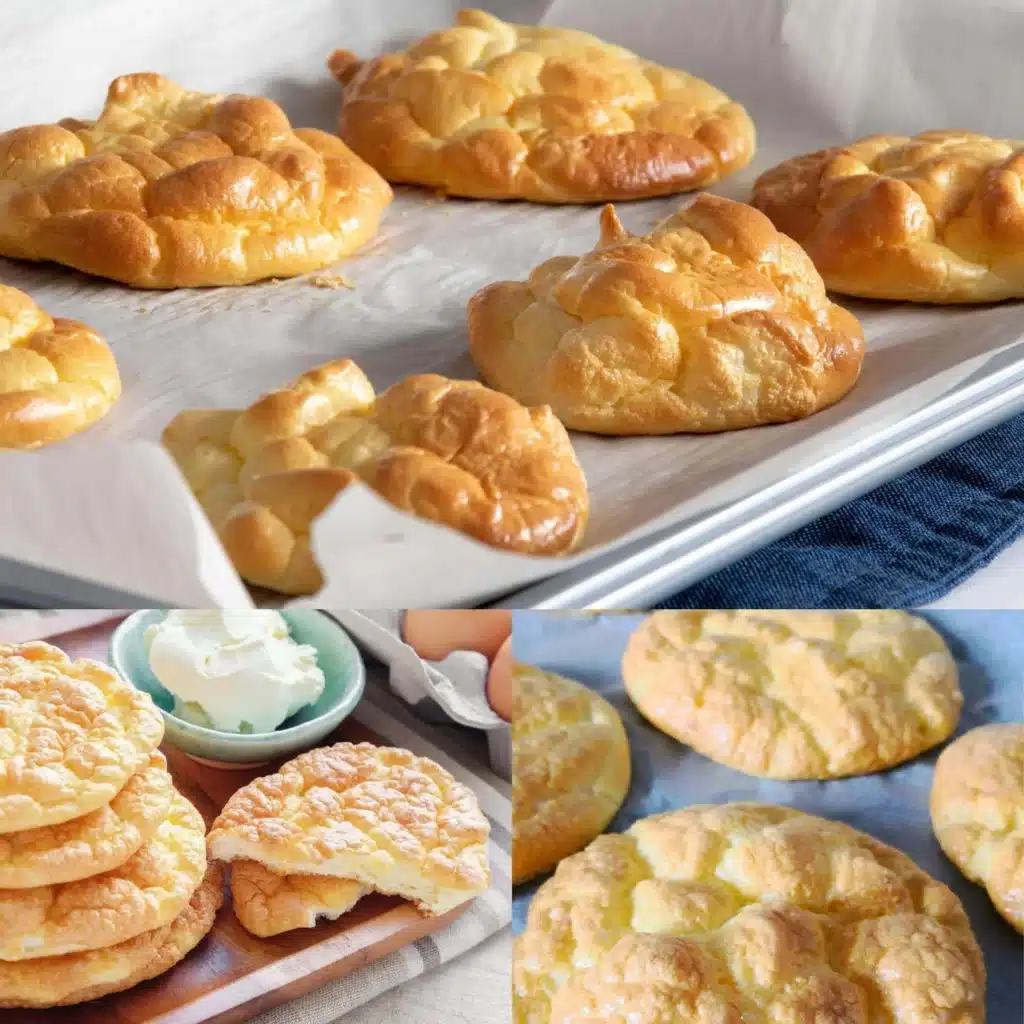
Frequently Asked Questions
How many calories do I need to cut down to lose weight?
That depends on your BMI, age, gender, and activity level. However, you need to cut at least 500 calories daily from your diet to lose weight.
What kind of bread helps the most with weight management?
Any bread that contains whole grains will help you with weight management. But you will see more remarkable results with whole wheat and multi-grain bread.
Does bread make you gain weight?
You will gain weight if you consume excessive bread, especially white bread. But if you consume bread in moderation, you will feel fuller and won’t gain extra pounds.
What else can I eat to reduce fat?
Avoid refined carbs, which contribute to weight gain, i.e., white flour, white bread, and white rice. Instead, you can add fiber to your diet through other sources, like vegetables, corn, flatbreads made from vegetables, and proteins.
How many slices of bread should I eat to ensure fat loss?
If you want to focus on fat loss primarily, 3−4 slices of whole grain bread per day to keep you full and satisfied.
The Last Word on How to Wisely Use Bread for Weight Management
Bread is one of those food items that significantly affects the human body. So, bread is essential in weight management whether you are trying to lose or gain weight.
It is essential, especially for fat loss. Unfortunately, it is a misconception that many loaves of bread are unhealthy and add extra pounds to your weight.That is not entirely true, as any food high in calories eaten to excess will yield those results. Thus, to progress on your fat loss journey, eat healthily and in limited quantities to stay fit and healthy.

